How to Plant a Bonsai: [Steps, Growth, Care and Cuttings]
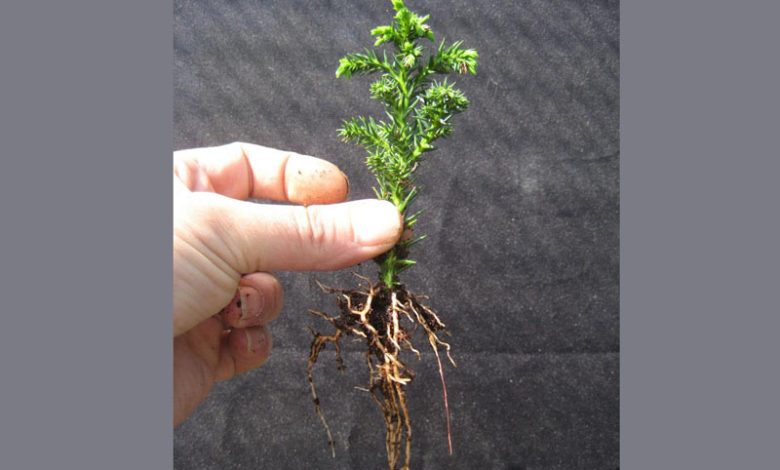
What you will learn in this article:
- What are bonsai and why is it so rewarding to grow one?
- The tools you will need for the correct growth of a bonsai.
- The care that these small miniature trees need.
- How to plant a bonsai step by step.
- The tree species that are best suited to be bonsai.
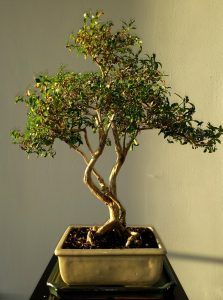 Planting a bonsai is one of the most rewarding tasks in the world and one that every good lover of gardening should carry out at least once in their life.
Planting a bonsai is one of the most rewarding tasks in the world and one that every good lover of gardening should carry out at least once in their life.
Its appearance is splendid and it can become the focal point of any place where it is placed, adding decoration and life at the same time.
It is necessary to pay a lot of attention and care, because it is a demanding type of tree in terms of its care.
If you have no idea how to start, here we will give you some guidelines to keep in mind to enjoy it every day. Shall we start?
Important points when caring for your own Bonsai
- How long does it take to grow a bonsai? You could have the structure of a bonsai complete in less than a year.However, you should consider that not all species grow at the same rate and there are types, such as conifers, that could take up to more than a year.
- What trees are the best to be turned into bonsai? The tree optionsfor making bonsai are very wide because practically the only requirement is that they have a woody trunk.Some species are used more frequently than others due to issues such as the growth period, the care it requires, resistance, among others.
- How do you take care of a bonsai at home? For bonsai, irrigation is a very important issue since they have little access to the humidity of the soil due to the reduced space of the pot. Faced with this reality, you must be attentive to the conditions shown by the substrate, applying irrigation when it looks relatively dry.
- Why don’t bonsai grow? Bonsai trees do not grow because they undergo a cultivation process that allows their characteristics to be modified and adapted to a certain size.
- How to plant a bonsai by cuttings? Reproductionby cuttings is the most practical, simple and economical way to obtain new bonsai from an existing one.The idea is to extract a stem of about 10 centimeters with a semi-woody structure to make it easier for them to generate roots more quickly.
How to plant a bonsai step by step?
The good life that a bonsai can enjoy starts from the very moment it is planted, so to be successful you must work this in an organized manner.
Step 1: Define the place where it will be
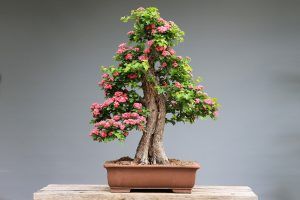 Bonsai need direct sunlight. You can place them indoors but in an area where lighting is frequent.
Bonsai need direct sunlight. You can place them indoors but in an area where lighting is frequent.
However, it is best to bet on terraces or a balcony where you will be much more comfortable.
The choice of the place is decisive because they do not do very well if you are moving it from one space to another frequently.
Step 2: Choose the species you will plant
Today it is possible to work by the method of bonsai various species. Here what you have to take into account are the characteristics of the climate in which you live, as well as the demands of the species.
Some bonsai require more care than others so be well informed.
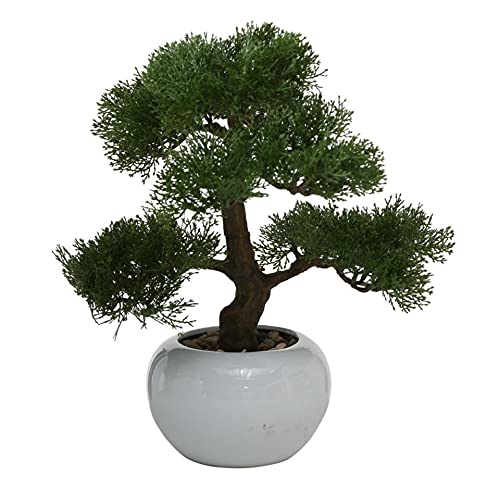
Step 3: Choose the pot where you will have your bonsai
Like the other two points, this one will also influence the health of the bonsai. There are many pots on the market designed especially for them that are beautiful and complement the beauty of the tree. However, it is worth knowing that the most important thing here is that it be functional.
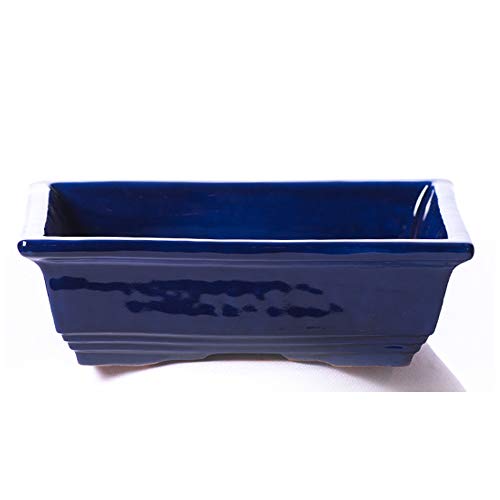
It has an elongated structure that makes it look very imposing, especially when it reaches more than 20 meters in height. Also, it is beneficial in the medicinal world. That is, the pot is wider than it is tall. It should also have holes in the base so that irrigation water drains smoothly.
Step 4: Fill the pot with an appropriate substrate
The substrate for a bonsai must meet three requirements: aeration, drainage and nutrients.In agricultural establishments you have the possibility of getting the substrate ready to use, but at home you can prepare it with sterile soil, sand and organic matter.
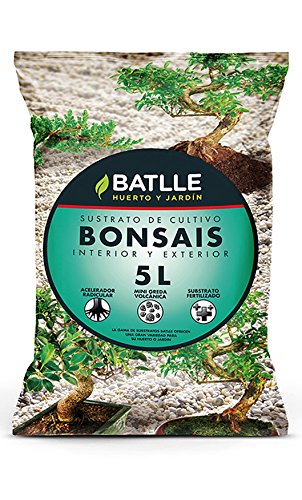
Step 5: Prepare the bonsai to bury in the pot
The idea here is to verify that the roots are of the appropriate size to be placed in the pot, if they are very large they will have to be pruned. When you have it ready, place a layer of substrate at the base, then introduce the little tree and complete with enough substrate so that the bonsai is firm.
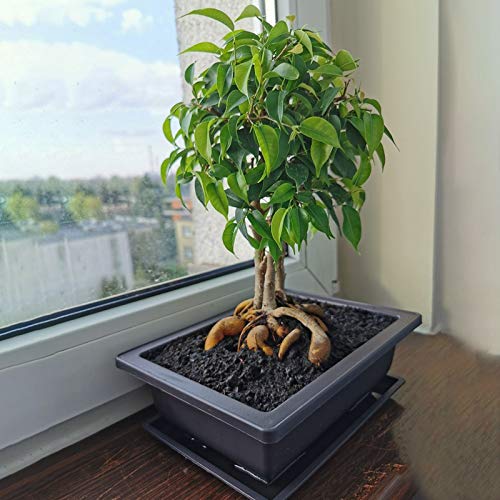
Step 6: Watering and sun exposure
After you have completed step 5, it will be time to water. This irrigation must be done in depth and without flooding.To do this, add water with a small hole watering can that has a slow flow and spend as much time as necessary.
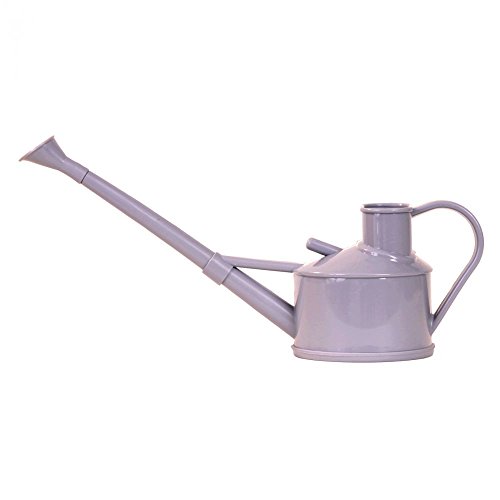
Wait for the water to drain from the bottom, then place it in the spot you chose in step 1 so it gets sunlight.
How long does it take to grow a bonsai?
You could have the structure of a bonsai complete in less than a year.However, you should consider that not all species grow at the same rate and there are types, such as conifers, that could take up to more than a year.
What are the best trees to make a bonsai?
The tree options for making bonsai are very wide because practically the only requirement is that they have a woody trunk.Some species of trees are used more frequently than others due to issues such as the growth period, the care it requires, resistance, among others.
Here are, for example:
Some climbing plants have managed to adapt to this planting structure with good results, such as bougainvillea and jasmine.
Why doesn’t a bonsai tree grow?
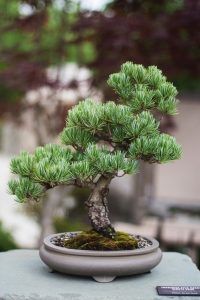 Bonsai trees do not grow because they undergo a cultivation process that allows their characteristics to be modified and adapted to a certain size.
Bonsai trees do not grow because they undergo a cultivation process that allows their characteristics to be modified and adapted to a certain size.
This is achieved through the use of a pot that regulates root growth and a pruning system at specific periods that controls the vigor of the crown.
Thanks to both actions, the internal processes of the tree receive a message indicating that it must reduce the production of cells to form its parts.
That is, it produces fewer stems, fewer leaves and fewer roots because it also has access to fewer nutrients and water. Of course, it is only a job that generates good results with those plants with a woody structure and that are capable of creating true branches.
How do you take care of a bonsai at home?
For bonsai, irrigation is a very important issue since they have little access to the humidity of the soil due to the reduced space of the pot. Faced with this reality, you must be attentive to the conditions shown by the substrate, applying irrigation when it looks relatively dry.
The best water is rainwater. As it does not always rain, it is a good plan to collect in containers and then use when appropriate. Use a watering can for this process so that you can control the amount of water to be supplied.
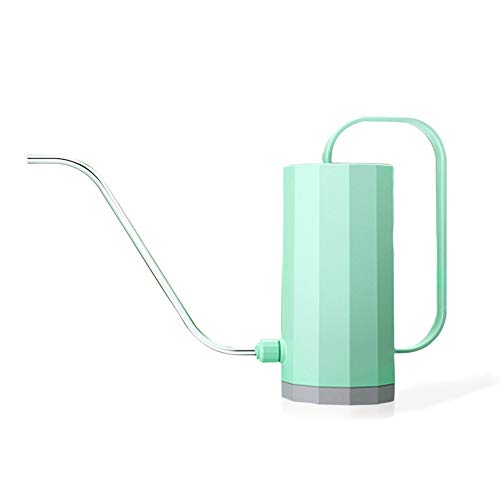
The subscriber is another important care. In this case, the earthworm humus is capable of providing everything you need to be in optimal conditions. Ideally, you should apply it in a liquid version together with the irrigation water so that it penetrates the entire substrate.

The other relevant point is pruning, which you will have to apply in the moments of inactivity of the tree, verifying well the structure that you want to achieve. To this must be added the pinching that will make the structure develop appropriately for a bonsai.
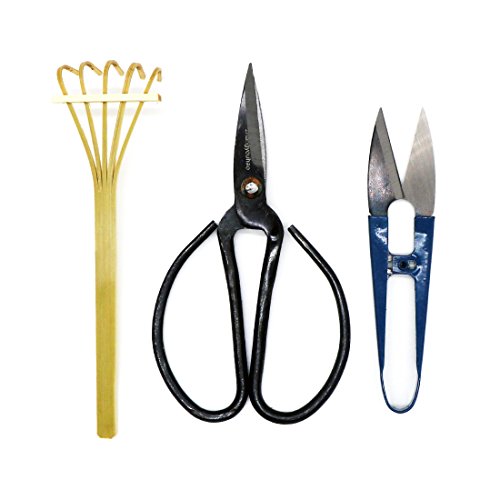
What is the best bonsai for a beginner?
The ficus species is ideal for a beginner to start in the world of bonsai because it is very resistant. That means it’s able to withstand drought, can be kept indoors, and can even work in low light.
How to plant a bonsai from a cutting?
Reproduction by cuttings is the most practical, simple and economical way to obtain new bonsai from an existing one.The idea is to extract a stem of about 10 centimeters with a semi-woody structure to make it easier for them to generate roots more quickly.
This process must be carried out when the weather is good, such as in spring or summer. Then bury the cutting in a substrate mixed with sand, soil, and organic matter such as homemade organic matter such as compost.

In some cases, the cuttings can be taken without the need to damage the plant, only taking advantage of the remains that remain from a pruning. Cuttings are also beneficial because they allow trees to grow faster than if you propagated from seed.
In addition, they will maintain the identical characteristics of the specimen from which you have taken the cuttings, so it is worth it when you have an incredible bonsai. Bonsai are exceptional ways to enjoy certain species of very large trees in a small size inside the home.
Thanks to this practice, true works of art have been achieved that are capable of adorning all kinds of spaces.
Bibliographic references
- Art and Technique in Bonsai, C Pessey – 1996 – books.google.com
- The art of bonsai, R Blanco Trucios, FJ Jiménez Moreno… – Sciences – revista.unam.mx
- Bonsai: Miniature Trees, P Lesniewicz – 1982 – books.google.com
- Bonsai: cultivation and care, R Tamani – 2006 – sidalc.net
- Bonsai care and cultivation of Japanese dwarf trees, D Horst – 1986 – sidalc.net
- Bonsai: bonsai cultivation styles and ligation and pruning, H Bevia, R Antonio – sidalc.net
Maybe you are also interested in:
- Holly: [Cultivation, Irrigation, Care, Pests and Diseases]
- Acer Campestre: [Cultivation, Irrigation, Associations, Pests and Diseases]
- Acerola: [Cultivation, Irrigation, Care, Pests and Diseases]
- Albizia Julibrissin: [Cultivation, Irrigation, Associations, Pests and Diseases]
- Albizia: [Characteristics, Cultivation, Care and Disadvantages]
- Carob tree: [Cultivation, Irrigation, Care, Pests and Diseases]
- Hackberry or Lidonero: [Planting, Care, Irrigation, Substrate, Problems]
- Hackberry: [Cultivation, Irrigation, Care, Pests and Diseases]
- Brachychiton Tree: [Planting, Care, Watering, Substrate]
- Pomegranate Tree: [Cultivation, Care, Irrigation, Substrate, Pests and Diseases]
- Jupiter Tree: [Cultivation, Irrigation, Care, Pests and Diseases]
- Silk Tree: [Characteristics, Cultivation, Care and Disadvantages]
- Marula Tree: [Planting, Care, Harvest, Irrigation and Characteristics]
- Quince Tree: [Care, Planting, Irrigation, Substrate and Pests]
- Tipuana Tree: [Planting, Care, Irrigation, Pruning, Pests]
- Tree of Love: [Cultivation, Irrigation, Care, Pests and Diseases]
- Paradise Tree: [Planting, Care, Irrigation, Substrate and Pests]
- Red Maple: [Crop, Associations, Pests and Diseases]
- Bella Sombra: [Cultivation, Irrigation, Care, Pests and Diseases]
- Boldos: [Cultivation, Irrigation, Care, Pests and Diseases]
- Bonsai: [Characteristics, Utility, Types, Meaning and Purchase]
- Budleia: [Cultivation, Irrigation, Care, Pests and Diseases]
- Buxus: [Characteristics, Cultivation, Care and Disadvantages]
- Cabrahigo: [Characteristics, Cultivation, Care, Pests and Diseases]
- Callistemon Citrinus: [Characteristics, Cultivation, Care, Pests and Diseases]
- Starfruit: [Cultivation, Irrigation, Care, Pests and Diseases]
- Horse Chestnut: [Crop, Associations, Pests and Diseases]
- Casuarina: [Cultivation, Care, Pests and Diseases]
- Cedar of Lebanon: [Cultivation, Care, Pests and Diseases]
- Ceibo: [Cultivation, Irrigation, Care, Pests and Diseases]
- Chamaecyparis Lawsoniana: [Cultivation, Care, Pests and Diseases]
- Chamaecyparis: [Cultivation, Associations, Pests and Diseases]
- Canadian Poplar: [Cultivation, Irrigation, Care, Pests and Diseases]
- Black poplar: [Cultivation, Irrigation, Care, Pests and Diseases]
- Citrus: [Cultivation, Fertilizer, Care, Irrigation, Pests and Diseases]
- How to Plant a Lemon Tree: Complete Guide with Images and Steps to Follow
- How to Plant Jujube: [Complete Guide]
- How to Plant Bamboo: Guide that includes [17 Steps + Images]
- How to Plant Boxwood: Complete Guide [Images + Step by Step]
- How to Plant Cinnamon: [All Steps] + Complete Guide
- How to Plant Macadamia Nut in [8 Steps + Images]
- How to Plant Pistachios Step by Step: [Guide + Images]
- How to Plant a Custard Apple Tree: [Complete Step-by-Step Guide]
- How to Plant a Kiwi Tree: Steps to Follow [Images and Much More]
- How to Plant a Mimosa Tree: [Complete Guide + Step by Step]
- How to Plant a Hazelnut and Harvest Your Own Hazelnuts: [Complete Guide]
- How to Plant a Cactus: Step by Step Manual [12 Steps + Images]
- How to Plant a Ficus: [Complete Guide to Planting this Tree]
- How to Plant an Olive Tree Step by Step: [Complete Guide + Images]
- How to Plant a Weeping Willow: [Complete Guide + Images]
- How to Plant Blackberry: Complete Guide [Images + Steps to Follow]
- Cut Trees: [Methods and Guide to Cut Down a Tree]
- Durillo: [Cultivation, Irrigation, Care, Pests and Diseases]
- Holly: [Planting, Care, Irrigation, Substrate, Pests and Diseases]
- The Acacia Tree: [Characteristics, Planting, Care, Irrigation and Substrate]
- The Beech Tree: [Cultivation, Care, Irrigation, Pests and Diseases]
- The Jacaranda Tree: [Characteristics, Planting, Care, Irrigation and Substrate]
- The Largest Tree in the World: [Height, Location and Characteristics]
- The Oldest Tree in the World: What is it and how old is it?
- Cashew Nut Cultivation and Planting: How to Plant a Cashew Tree
- El Fresno: [Planting, Care, Irrigation, Substrate, Pests and Diseases]
- The Walnut: [Complete Guide to Grow It Successfully in your Garden]
- The Pine: [Planting, Characteristics, Irrigation, pH, Pruning, Problems]
- Tree Cuttings: [Concept, Period, Rooting and Planting]
- Gooseberry: [Characteristics, Cultivation, Care and Disadvantages]
- Complete Guide to Learn to Plant Palm Trees [Step by Step]
- Complete Guide to Plant Blueberries: [12 Steps + Images]
- Complete Guide to Plant Heather: How, When and Where to Do It?
- Complete Guide to Grow Moringa: [Steps to Follow + Images]
- Guide to Plant a Peach Tree: [Complete Step by Step]
- Kiri: [Cultivation, Irrigation, Care, Pests and Diseases]
- Kumquats: [Planting, Care, Irrigation, Substrate, Pests and Diseases]
- The Complete Guide to Persimmon Cultivation [What You Should Know]
- The Planting of the Holm Oak in Depth [Complete Guide]
- Liquidambar Styraciflua: [Planting, Care, Irrigation, Substrate, Pests]
- Mimosa Tree: [Cultivation, Irrigation, Associations, Pests and Diseases]
- Mulberry: [Planting, Care, Irrigation, Substrate, Pests and Diseases]
- Loquat: [Cultivation, Irrigation, Care, Pests and Diseases]
- Washingtonia Palm Tree: [Cultivation, Care, Pests and Diseases]
- Populus Tremula: [Cultivation, Care, Pests and Diseases]
- Retama Sphaerocarpa: [Cultivation, Irrigation, Associations, Pests and Diseases]
- American Oak: [Growing, Care, Pests and Diseases]
- Salix Caprea: [Characteristics, Cultivation, Care and Disadvantages]
- P

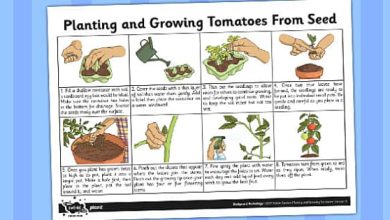
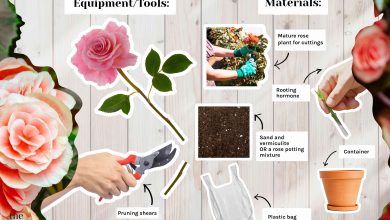

![Photo of Plant Zucchini: Complete Guide [Images + Step by Step]](https://www.complete-gardening.com/wp-content/uploads/2022/08/plant-zucchini-complete-guide-images-step-by-step-390x220.jpg)